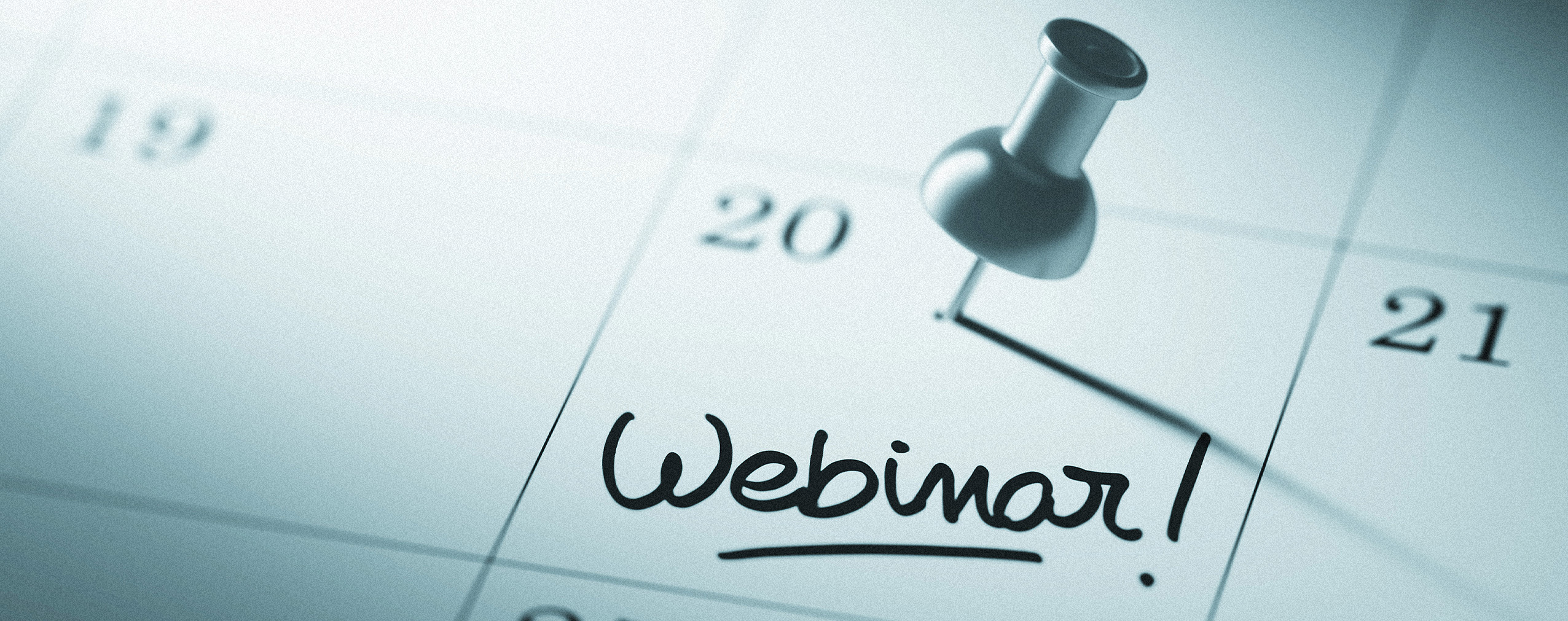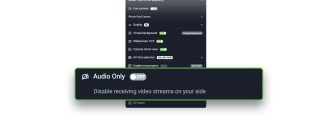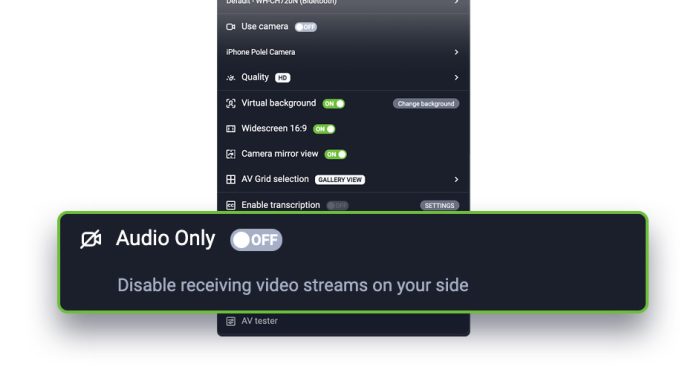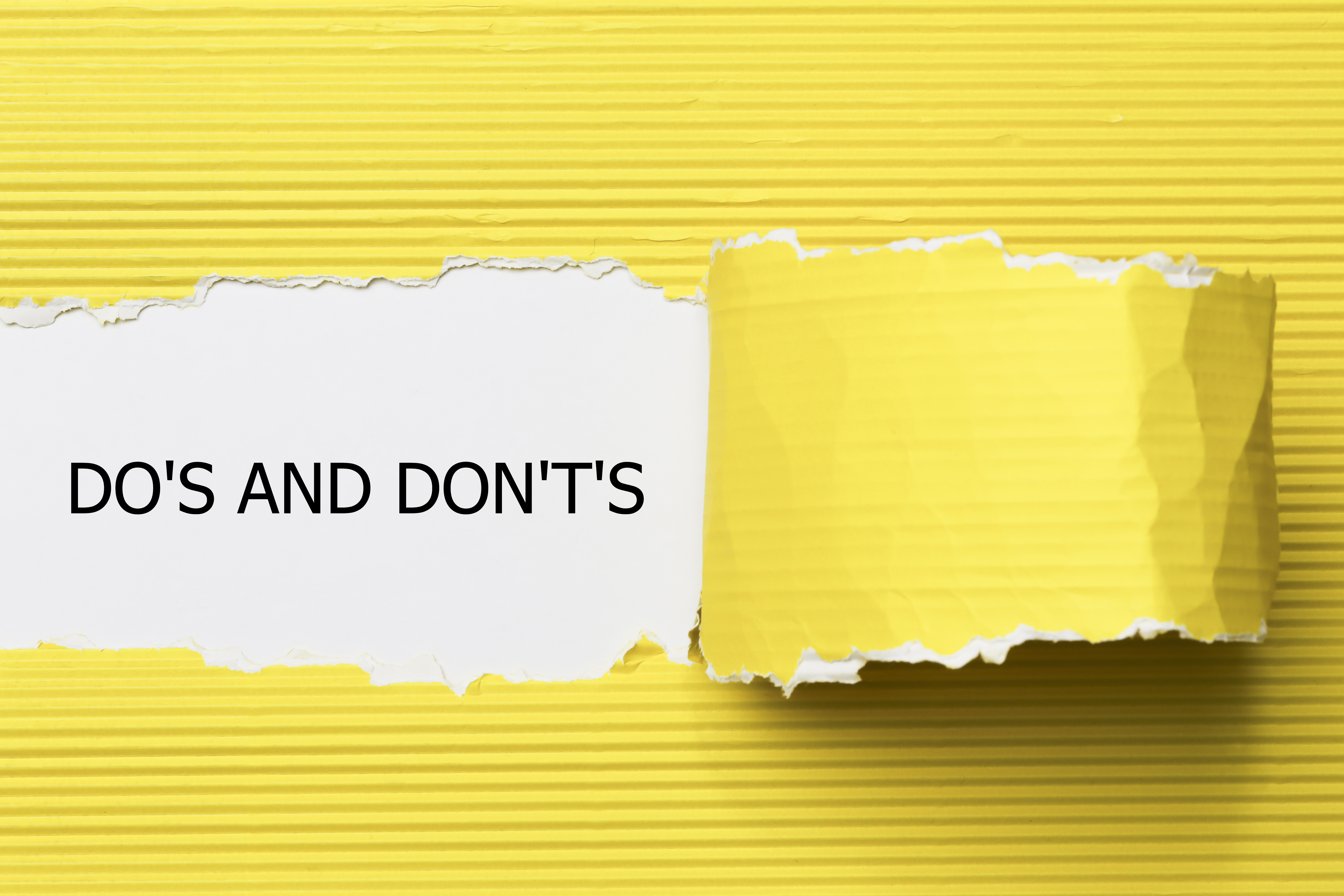Webinars are one of the best ways to engage a target audience, build brand authority, and make sales. But to achieve these things, you have to make sure that people actually show up to your live and/or pre-recorded broadcasts. That’s where event marketing comes in.
In this article, we share eight event marketing tips you can use to promote your webinars in 2023 and beyond. There’s a ton of great information below, so let’s dive in and get started!
Table of Contents
1. Know Your Audience
It doesn’t matter what you’re marketing—an awesome new product, a useful service, or a top-level webinar. If you don’t know who you’re marketing to, you won’t succeed.
So, before you do anything else, take time to learn about your target audience. Who are they? What pain points do they deal with on a regular basis? What goals are they trying to achieve right now? And how can your company’s products and/or services improve their lives?
You need to know the answers to these questions. Once you do, you’ll be able to plan and promote your webinar content in ways that will actually resonate with your audience.
2. Pick an Exciting Topic
Have you identified who your target audience is?
Good, now you can plan content that they’ll be excited to consume. This is so important! Top-level marketing strategies can’t help you promote a boring event.
Just make sure that the topic you choose relates to your business in some way. If you sell website design services, for example, a webinar about on-site SEO might work well. A webinar about social media marketing probably wouldn’t, though. Make sense?
On a related note, make sure you book a knowledgeable speaker for your webinar. Notice how we said “knowledgeable,” not “super famous”. You don’t necessarily need to book a well-known speaker. You just need to book a respectable speaker who knows about the topic.
(That said, a well-known speaker can help with event marketing because they can promote your get-together to their own audience. Something to consider if you have cash to burn.)
One more thing: it’s usually best to choose one topic for your webinar. Why? Because the most effective webinars are less than 60 minutes long. If you choose multiple topics, you won’t be able to explore each of them in depth, which won’t really help your viewers.
3. Promote Your Event on Social Media
Now that you know who your target audience is and what your webinar will be about, you can promote the event. Start by posting about it on your company’s social media profiles.
Use LinkedIn, Facebook, Twitter, Instagram, TikTok, etc. to get the word out. If you have the funds, work with social media influencers that cater to similar audiences, too. This will allow you to reach way more people than you could by yourself. (More on partnerships below.)
Here’s another valuable tip for you: promote the skills and/or information that your audience will learn during your webinar, rather than the webinar itself.
Nobody cares that your event is called “Win With Email Marketing”. They care that you’ll teach them how to build automated email sequences that generate sales on autopilot.
4. Tell Your Email List About Your Event
Speaking of email, use your company’s email list to promote your webinar, too.
Shoot them a quick message to announce your upcoming event. Then send them follow-up messages to make sure they don’t forget to register and attend.
This begs the question, what should you actually say in your emails? That’s easy: tell your list about the webinar you have planned. Who will speak at the event? What topics will this person cover? Most importantly, what tangible skills will viewers walk away with?
To succeed with event marketing emails, you have to make your messages about your recipients. Don’t just ask them to show up. Give them legitimate reasons to do so.
5. Use Your Website to Your Advantage
Your company’s website is an amazing event marketing tool—if you use it right.
Add a banner to your home page that promotes your upcoming webinar. Write about the event on your company’s blog. Build a stand-alone landing page to share details about the get-together and allow interested individuals to register for it with their email addresses.
Note: you can utilize other websites in a similar way. What if you paid another brand—one that offers a different product/service than your company, but serves a similar audience—to post your banner on their website? What if you guest posted about the event on their blog?
Event marketers often get so wrapped up with social media and email marketing campaigns that they forget about how useful personal websites can be. Don’t make this mistake!
6. Try Your Hand at Paid Advertising
Next up, paid advertising. You know what we’re talking about: Google Ads, Facebook Ads, etc. These kinds of pay-per-click promotional channels can bring in a TON of traffic.
The key to an effective PPC campaign is targeting. You need to get extremely specific about the people you show your ads to. Doing so will increase your chances of success. (Side note: this is another reason why knowing your target audience is so important.)
We also suggest experimenting with different ads types and copy. You’ll never know what your audience connects with until you try a bunch of things. Just keep a close eye on your ads budget while experimenting. It will probably disappear quicker than you think.
7. Partner With Another Brand For Your Event
Ok, this is one of our favorite event marketing strategies!
Why host a webinar by yourself when you can host it with another company instead? Thoughtful partnerships will reduce the amount of work you and your team have to do. You’ll also have a much larger audience to promote your event to. These are both huge perks.
Here’s one more: partners can energize and engage your audience. They’ll think, “Wow, company A is hosting a webinar with Company B? I’ve got to see that!”
Of course, for the partnership strategy to work, you have to choose the right partner. Look for companies that offer different products and/or services from your company, but serve a similar audience. Speaking of the audience, make sure the company you partner with has one.
Generally speaking, you only want to partner with brands that have the same size audience as you—or bigger. In this case, bigger is definitely better.
8. Keep Marketing—Even After Your Event Ends
Finally, event marketing should happen before and after your event.
Plenty of businesses remember to market their webinars before they go live. Very few think to market said webinars after they conclude. This is definitely a missed opportunity.
Think about all the work that goes into hosting a top-level webinar. You have to pick a topic that will interest your audience, as well as align with your business goals. You have to plan content and book interesting speakers, too. Then you have to market the whole shebang.
Since you’re going to put in all of this effort, don’t you want to maximize your potential returns? Of course you do. That’s why you should record your webinars to use later.
Tools like ClickMeeting make it super easy to do this. You simply hit the record button before you go live. The ClickMeeting platform will then capture your entire event and save it for later use. When you’re ready, you can turn the recording into more content for your company.
Crush Your Webinar Event Marketing Goals in 2023
Just because you’ve created amazing webinar content doesn’t mean your webinar will be successful. You need to encourage your target audience to actually show up and participate.
How do you make this happen? You use the event marketing tips we shared in this article. If you take time to get to know your audience, pick an exciting webinar topic, use all of the marketing channels at your disposal, and partner with other brands, you should be alright.
Here’s one more tip for you: invest in a proven webinar platform. That way you can deliver an amazing webinar experience to your target audience and ensure they view future events, too.
When it comes to webinar platforms, you can’t go wrong with ClickMeeting.
Our solution is used by thousands of people in 125+ countries around the world because it’s user-friendly and super powerful. Sign up for a free 14-day trial and take advantage of custom branding, audience engagement, social media streaming, and webinar analytics tools.









